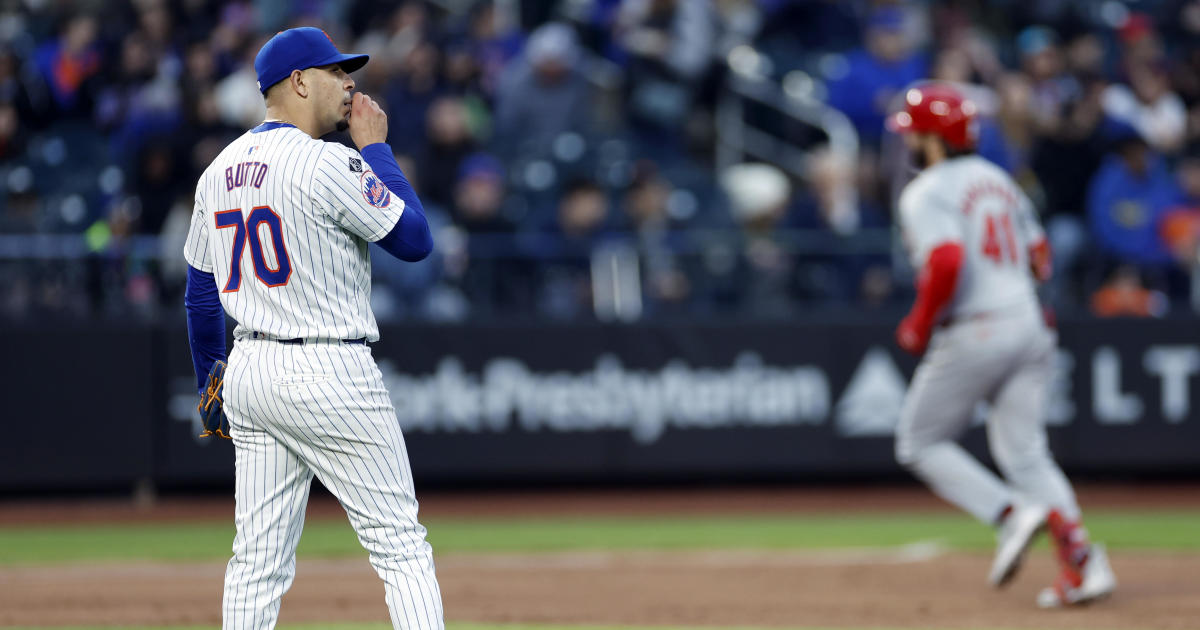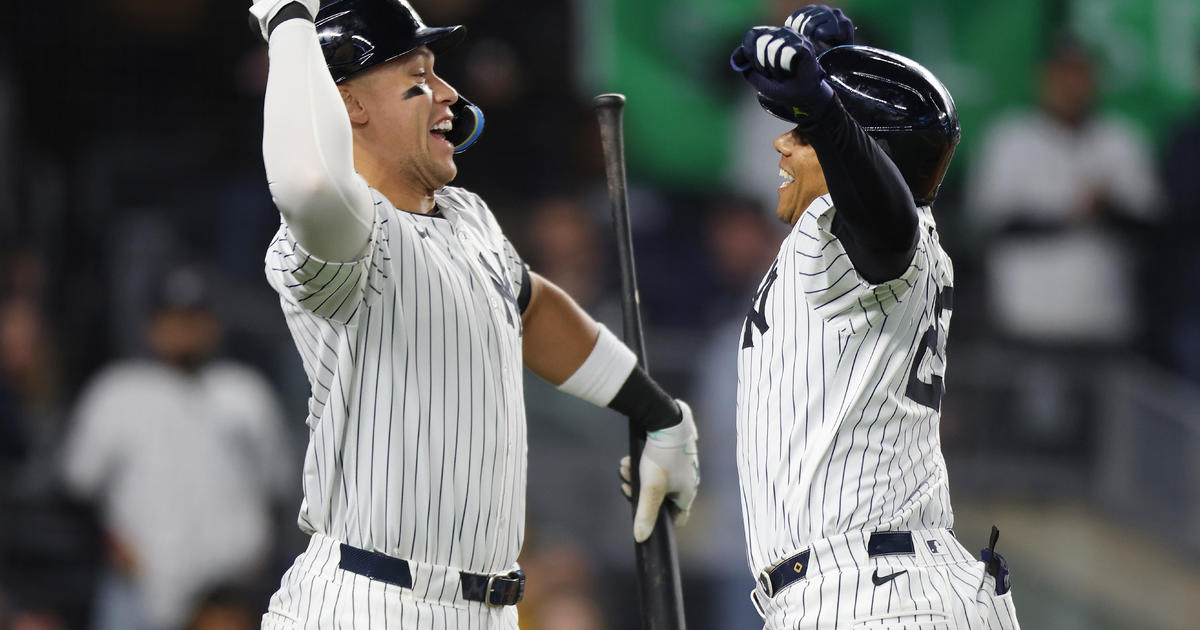Injury Breakdown: Mets Once Again Bitten By Oblique Strains
By Abby Sims
» More Columns
The Mets have provided way too much material for me this season, and now, with their season spiraling totally out of control, still more injuries have taken center stage. I wrote in early April that a rash of oblique strains had dominated baseball's preseason. Well, in the case of the Mets, here we go again.
In spring training it was Jose Reyes, he of hamstring fame, who led the Mets in oblique strains. This time, it is starting pitcher Jon Niese who was placed on the DL with a right "ribcage injury," said to be an intercostal strain. Niese is soon to be joined by Scott Hairston, right-handed pinch hitter and occasional starting right fielder, who is supposedly headed to the DL with a left ribcage injury, reported alternately as either an intercostal or oblique muscle strain. As of this writing, Hairston awaits word of x-rays, presumably to rule out a rib fracture, and he is slated to undergo an MRI to assess the severity of his injury.
Whether obliques, intercostals or hamstrings, muscle strains can be nagging injuries and overly optimistic expectations for a return to competition are generally just that.
So, for the record, let's take a moment to distinguish between the obliques and the intercostals.
The Intercostals
As their name implies (costal means rib), the internal and external layers of the intercostal muscles are situated between the ribs. They attach the base of each rib to the rib below.
The external (outer) intercostals assist in respiration by pulling up and out on the ribcage during inspiration (as the diaphragm contracts) to enlarge the chest cavity as air is taken in.
The internal (inner) Intercostals are involved in exhalation to pull the ribs down and in when we are involved in physical exertion or breathing out forcefully. When we breathe out while at rest, the action is passive (not requiring muscle action).
Because of their intimate relationship to the ribs, x-ray is necessary to determine that rib fracture is not central to the diagnosis when injury occurs.
The Obliques
The obliques are the abdominal muscles that rotate and side-bend the trunk. The fibers of the obliques are oriented in a diagonal pattern, with the internal obliques (the innermost layer) going in one direction and the external obliques (an outer layer) in the other. They attach to the low back, ribs, the pelvis and the midline of the abdominals.
The internal and external obliques have opposing functions, though when working together they assist in forward flexing the trunk. In baseball, these muscles are most likely to be strained due to the powerful and explosive torsion motions required when batting and pitching.
For more about these important muscles, take a look at these diagrams.
The Internal Obliques
The diagonal orientation of the internal obliques is key to understanding their function. When they contract (shorten), the internal obliques act to side-bend and rotate the torso toward the same side. In other words, a right-handed batter forcefully contracts his left internal obliques to rotate his trunk to the left as he moves into the swing and follow-through.
Another important function of the internal obliques is to assist in respiration. They work when we exhale forcefully to push the diaphragm up, thereby forcing air from the lungs.
The External Obliques
Because the external obliques run on a diagonal that is perpendicular to their more internal counterpart, They assist in side-bending and rotating the trunk toward the opposite side. That means that the right external obliques take over to swivel the trunk to the left when a batter bats right-handed. They also serve a role in respiration to assist with inspiration (breathing in) by pulling the chest downward and compressing the abdominal area to allow for expansion of the lungs with air.
The Mets may not be cursed, but the injuries this season have been nothing short of crippling.
Follow Abby on Twitter @abcsims
Have you ever had to recover from an oblique strain? Tell us about it in the comments below...



